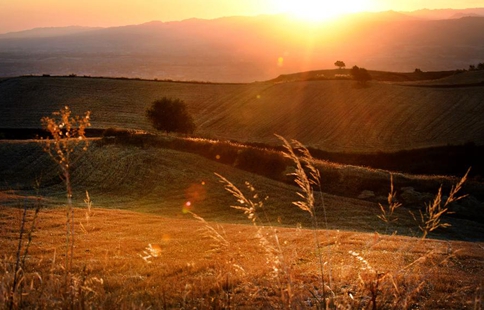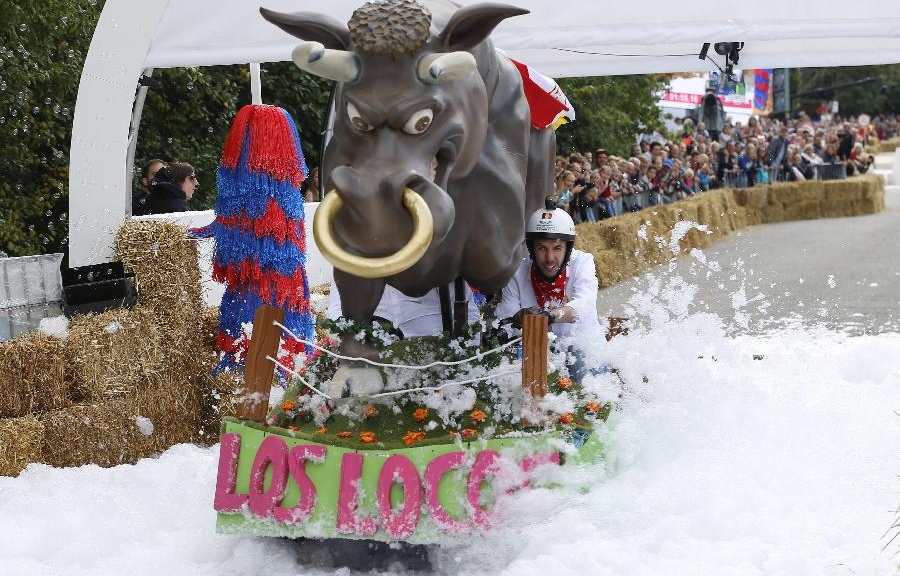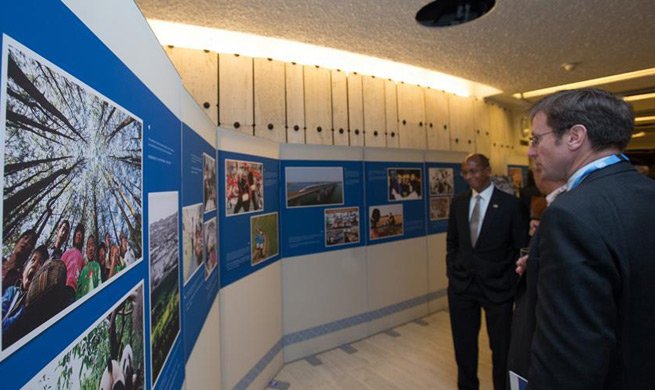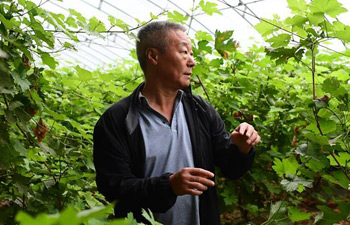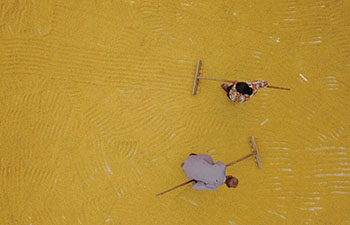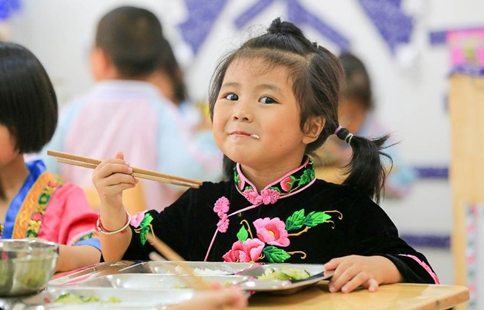CANBERRA, Sept. 12 (Xinhua) -- Australians need to increase their consumption of kangaroo meat in order to control the species' population growth, an expert has said.
David Paton, an Ecology and Environmental Science professor at the University of Adelaide, said that culls are needed in certain areas of Australia to restrict the booming kangaroo population.
"Figures in parts of the country show red kangaroos doubled in the last decade while western grey kangaroos tripled," Paton told Xinhua on Tuesday.
"Kangaroo populations have been growing steadily for decades. They do well because they secure most of their food from the improved pastures that we grow to feed sheep and cattle because there is ready sources of water, and because we have eliminated one of their predators, the dingo."
"They eat the native vegetation particularly shrubs eliminating those plants from areas set aside to conserve our native species, not only are the plants vanished but also are the birds, the pollinators and so on."
He said instead of wasting the culled kangaroo carcasses, Australians should step up their consumption of "roo" meat.
There are no legal barriers preventing increased consumption of wild kangaroo meat, with an industry dedicated to selling wild kangaroo meat within Australia and overseas already existing, Paton said.
Kangaroo carcasses can have a wide range of practical applications in addition to being harvested for meat.
"Carcasses could have their skins used for hides, kangaroo leather is used extensively in shoes -- football boots for example are often made from kangaroo hide. Carcasses could also be composted to provide fertilizer for crops," Paton said.
Paton conducted a long-term study in South Australia whereby he fenced off several plots of land to test the impact kangaroos are having on the environment.
He found that vegetation in the land fenced-off from hungry kangaroos returned to levels not seen since the 1970s.
Vegetation in the plots of land also supported the return of birds which has become rare in the area with the kangaroo boom.






